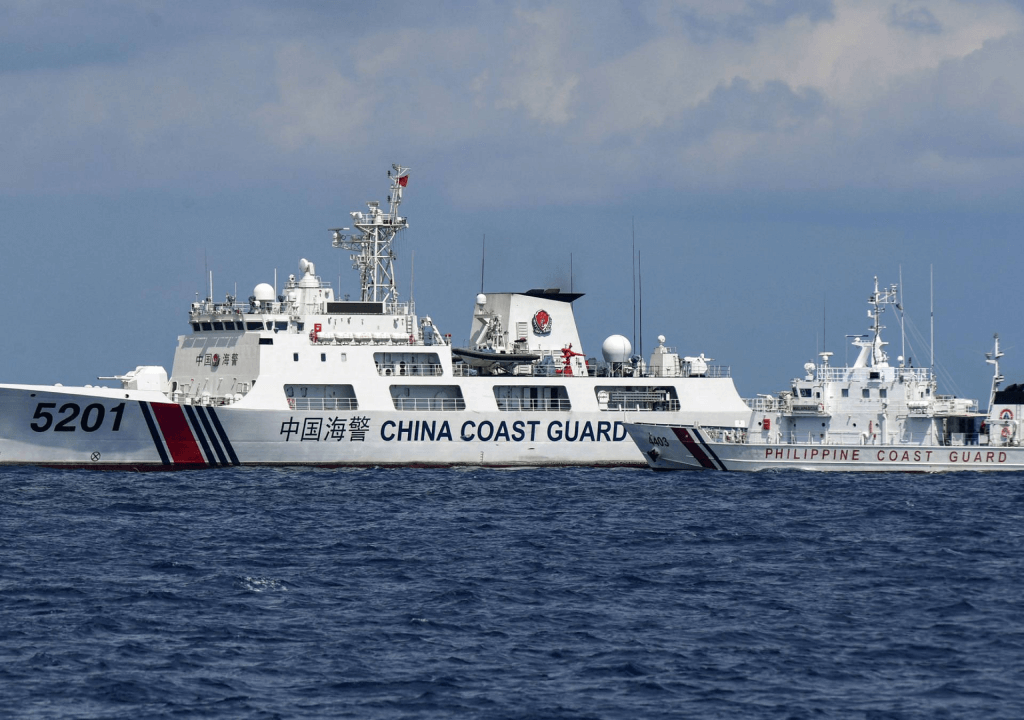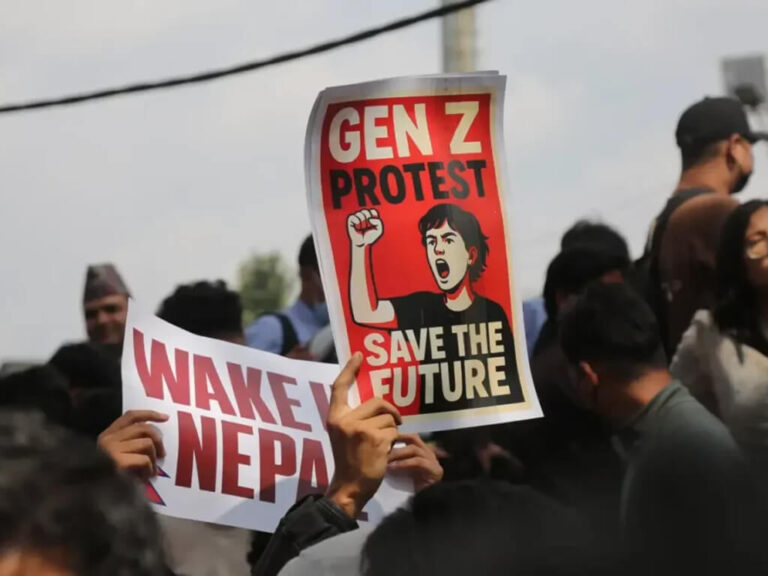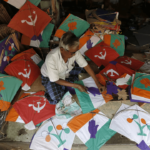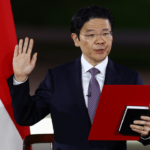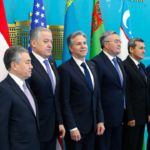It is undeniably disheartening for the Philippines. In the waters of the South China Sea, a Chinese coast guard ship deployed a water cannon against a civilian Philippine vessel, a stark demonstration of power dynamics and a form of blatant bullying. The widespread dissemination of video clips depicting the incident has stirred strong emotions within the Philippines.
According to official statements from the Philippines, China engaged in “dangerous maneuvers” that not only inflicted damage on vessels but also resulted in minor injuries to four Filipinos, posing a significant threat to lives. A thorough investigation by a Philippine national task force revealed that the ship’s windshield was shattered during the confrontation. In addition to this distressing incident, a Philippine coast guard vessel suffered minor structural damage in two separate collisions involving Chinese coast guard and maritime militia vessels.
Escalating tensions in the South China Sea mark a heightening power struggle between the Philippines and China. The unfolding events transpired during a resupply mission to the BRP Sierra Madre, a venerable World War II-era ship reconfigured to function as an outpost for a small Philippine troop contingent. Grounded in the shallow waters of Second Thomas Shoal since 1999, situated within the Spratly Islands, this aging vessel has now become a central and strategic focus in the ongoing dispute.
The Philippine Armed Forces describe the rotation and reprovisioning of troops on the BRP Sierra Madre as a routine and essential task, vital for sustaining military forces in the West Philippine Sea and upholding a continuous Philippine presence within its exclusive economic zone. However, China doesn’t like this.
Video footage from one of the incidents, shared by the Philippines, depicts its crew swiftly placing a buffer between two coast guard vessels on a collision course, while their Chinese counterparts document the event. China argues that its coastguards took necessary measures against a Philippine vessel, accusing it of “illegally intruding” into waters near Second Thomas Shoal.
According to China, the Philippines deliberately provoked discord and engaged in malicious propaganda, consistently destabilizing peace and stability in the South China Sea, objectives solely pursued by China. Such behavior is viewed as a form of bullying against other nations, including Vietnam, Taiwan, Malaysia, Indonesia, and the Philippines. China’s territorial claims encroach upon the exclusive economic zones of Vietnam, the Philippines, Malaysia, Brunei, and Indonesia, further complicating the geopolitical dynamics in the region.
The enduring challenges between the Philippines and China persist, partly fueled by robust support from the United States. Through various agreements, the Philippines and the USA have solidified their alliance, positioning the Philippines as the United States’ most reliable regional ally. This collaborative partnership has, to some degree, prevented conflicts from escalating to critical levels. In the event of a large-scale confrontation, the presence of the United States and Japan in the region holds the potential to forestall catastrophic outcomes, averting a scenario reminiscent of a global conflict akin to World War.
Situated 118 miles (190km) off the Philippine island of Palawan, the disputed atoll lies within Manila’s exclusive economic zone, serving as a contentious focal point in the South China Sea. The Philippines consistently lodges accusations against Chinese vessels for engaging in aggressive attempts to impede resupply missions to the shoal. Analysts caution that escalating incidents heighten the risk of miscalculation, with the potential consequence of involving the United States—a significant ally of the Philippines—in a confrontation with Beijing.
The Second Thomas Shoal, claimed by both China and the Philippines, faces overlapping claims from Brunei, Malaysia, Vietnam, and Taiwan. This area, crucial for global trade and believed to hold substantial undersea oil and gas deposits, has been a central point of contention. A small Philippine marine and navy contingent stationed on the BRP Sierra Madre, a stranded warship since the late 1990s, monitors the area. China has surrounded the shoal with coast guard, navy, and other vessels, hindering Filipino efforts to fortify the Sierra Madre.
The Chinese coast guard contends that it took control measures against Philippine ships illegally intruding into waters near Ren’ai Reef (Second Thomas Shoal), accusing a Philippine ship of intentionally ramming a Chinese coast guard vessel. Longstanding tensions in the South China Sea were expected to be discussed at a summit of leaders from the Association of Southeast Asian Nations and their Australian counterparts in Melbourne, with the Philippines and Vietnam planning to express concerns over China’s escalating actions in the disputed waters.
Despite a 2015 ruling by an international tribunal in The Hague, dismissing China’s claim to almost the entire South China Sea as legally baseless, China persists in asserting sovereignty over the region. The South China Sea serves as a vital global shipping route, facilitating trillions of dollars in trade annually, while also housing significant reserves of oil, natural gas, and abundant fisheries.
The timing of the incident just ahead of an Asian leaders’ summit, where Beijing’s maritime aggression was expected to be discussed, adds an intriguing layer to the narrative. Responsibility for the event remains unclaimed, creating a murky backdrop. The task force strongly condemned China’s actions, characterizing them as “another attempt to illegally impede or obstruct a routine resupply and rotation mission.” They emphasized that such unprovoked acts not only put lives at risk but also caused injuries to Filipino individuals.
In response to these developments, the Philippines took a diplomatic stance by summoning China’s deputy chief of mission to Manila, seeking clarification and addressing what was perceived as “aggressive actions” leading to the collision. Interestingly, the situation has not escalated further, and there is a hope that it will maintain a diplomatic course. The avoidance of an all-out war is crucial, as everyone seeks to assert their rights in the region without triggering a potentially disastrous conflict. It is reminiscent of a situation akin to a college bullying scenario, where posturing for dominance is prevalent, yet there is a shared understanding that a collapse into war would be detrimental for all parties involved.

